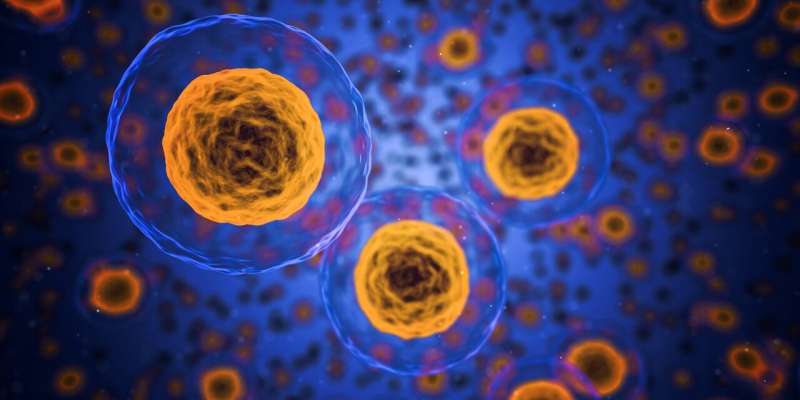A framework for the discovery of cell state-correcting medicines

Sadie Harley
scientific editor

Robert Egan
associate editor

Cellarity, a biotechnology company developing cell state-correcting therapies through integrated multi-omics and AI modeling, reports the of a manuscript in the journal Science, which articulates a framework for the integration of advanced transcriptomic datasets and AI models to improve drug discovery.
Cellarity designs novel therapeutics for complex diseases by focusing on the interplay of pathway connections and interactions that define and modulate cellular states. The company has built a robust discovery platform that leverages high-dimensional transcriptomics to map these interactions at single-cell resolution.
Generalizable AI models developed for the platform then link chemistry to disease biology to efficiently produce drugs that restore cellular function in diseased tissues. The first candidate emerging from the platform, CLY-124, is under evaluation in a Phase I clinical trial for the treatment of sickle cell disease.
"We believe a comprehensive view of the cell state will help us create better therapies that can correct the foundational mechanisms of disease. Our state-of-the-art platform enables us to effectively visualize this dynamic and identify novel interventions that are best suited to correct disease states," said Parul Doshi, Cellarity's Chief Data Officer.
"This publication in the journal Science describes the evaluations that have informed our platform, underscoring both the rigor and ingenuity to successfully integrate advanced transcriptomics and computational tools to enable efficient discovery of novel therapeutic candidates."
The publication presents a reproducible and generalizable blueprint for integrating machine learning methods into drug programs for maximum discovery potential. The blueprint addresses numerous limitations of conventional phenotypic drug screening by employing an active, lab-in-the-loop deep learning framework powered by high-throughput transcriptomics.
By successively refining predictions based on the outcome of experiments, the framework demonstrated improved recovery of phenotypically active compounds by 13- to 17-fold over industry standard approaches.
"The drug discovery process has struggled to improve its success rates in recent decades. This is in part due to a conventional focus on single targets, whereas diseases are generally driven by more complex interplay than just a single gene mutation," added Jim Collins, Ph.D., Termeer Professor of Medical Engineering & Science, MIT, co-founder of Cellarity and co-author of the publication.
"By analyzing not only the phenotypic connections fueling disease pathophysiology as well as the polypharmacology considerations of early candidates, this deep learning platform offers strong potential to accelerate the pace of discovery and introduce effective new oral therapeutics for complex diseases."
Open source dataset release
In conjunction with the publication in Science, Cellarity is releasing single-cell datasets spanning multiple data modalities to power community engagement, model benchmarking, and further insight into the nuances of cell states under chemical perturbation.
A , used to benchmark Cellarity's platform in the publication, includes more than 1,700 samples comprising 1.26 million single cells and can be used for cross-cell-type drug response mapping or further benchmarking of perturbation prediction methods.
Cellarity is also releasing a single-cell combining transcriptomics, surface receptors, and chromatin accessibility to create a multi-layered portrait of this complex and essential biological process, used in the publication to create fine-grained signatures of megakaryopoiesis and erythropoiesis.
A third dataset captures a timeline of , which can be analyzed to map the trajectory of Mk maturation, interrogate time-resolved drug effects, or support model benchmarking and training.
Public analyses of these important data may yield novel insights into cellular dynamics, and power new methods to accelerate industry-wide drug discovery.
More information: Benjamin DeMeo et al, Active learning framework leveraging transcriptomics identifies modulators of disease phenotypes, Science (2025). .
Journal information: Science
Provided by Cellarity



















